Arang Kel: The Enchanting Alpine Village of Neelum Valley Every Traveler Must Discover
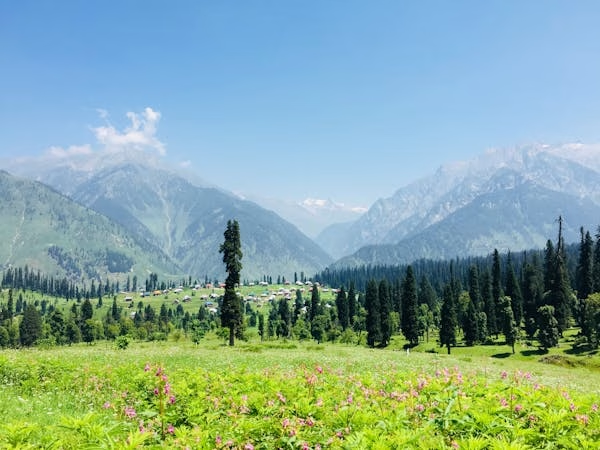
Imagine a place where clouds kiss the peaks of emerald green mountains, where the air is so fresh it feels like a cleansing breath of nature itself, and where every step unveils a new canvas of breathtaking beauty. This is Arang Kel, a hidden gem perched high above the Neelum Valley in Azad Kashmir, Pakistan. Visiting Arang Kel is like stepping into a living postcard—a serene alpine village that enchants every traveler fortunate enough to find it.
My journey to Arang Kel began on a misty morning in the heart of the Neelum Valley. Having explored many parts of Pakistan’s north, I was no stranger to majestic landscapes, but Arang Kel welcomed me with a unique charm that words scarcely capture. The village, nestled at an altitude of approximately 2,438 meters (8,000 feet), is an idyllic retreat from the hustle and bustle of city life, offering a peaceful connection to nature that rejuvenates both mind and soul.
What makes Arang Kel truly special is its remarkable blend of untouched nature, traditional mountain culture, and warm hospitality. Unlike more commercialized tourist spots, this village maintains its authentic rural character, with wooden houses perched on hillsides and villagers who have preserved their traditional lifestyle for generations. Here, time slows down. The worries of the modern world dissolve into the sound of chirping birds, rustling leaves, and flowing mountain streams.
One of my most memorable moments in Arang Kel was waking up to the sunrise casting golden hues over the snow-capped peaks of the surrounding mountains. Watching the valley below gradually come alive, with the Neelum River winding like a silver ribbon, I felt a deep sense of gratitude to experience such tranquility. It was a reminder that some of the world’s greatest treasures are found off the beaten path, where nature and culture coexist in perfect harmony.
Arang Kel’s allure lies not only in its scenery but also in its accessibility and the adventurous journey it offers. Reaching the village involves a blend of road travel and trekking, adding to the sense of discovery and accomplishment. This makes Arang Kel a perfect destination for nature lovers, hikers, photographers, and anyone seeking a peaceful escape into the mountains.
In this blog post, I will guide you through everything you need to know to plan your visit to Arang Kel—starting with a fascinating fun fact about the village, its key features, why it deserves a spot on your travel list, the best time to visit, how to get there, the exciting activities you can enjoy, and important tips to ensure your trip is safe and memorable.
Whether you’re a local Pakistani traveler curious about exploring new places or an international tourist looking to uncover the hidden gems of Pakistan’s north, Arang Kel promises an unforgettable experience that will stay with you long after you leave. So, pack your bags and get ready to dive into the magic of this alpine paradise where every corner tells a story and every view takes your breath away.
Table of Contents
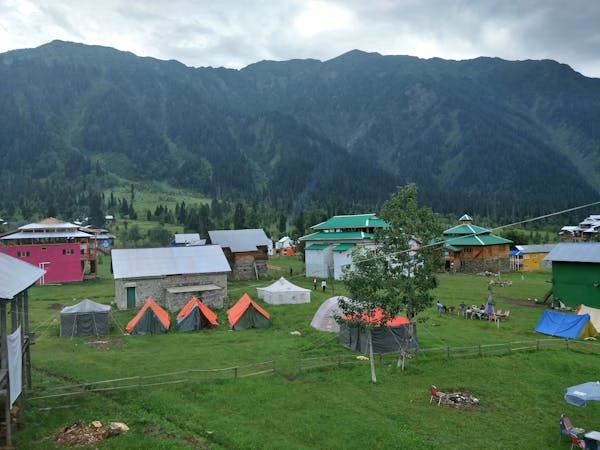
A Unique Fun Fact About Arang Kel
Before we dive into the details, here’s a fun fact that sets Arang Kel apart from many other mountain villages: the village is often shrouded in clouds and mist for large parts of the day, giving it a mystical, almost fairy-tale-like atmosphere. This cloud cover is so frequent that locals often call Arang Kel the “Valley in the Clouds.” Visitors waking up here often find themselves enveloped in thick, swirling mist, only to have the clouds part and reveal stunning views in the afternoon. This magical veil of mist enhances the charm and serenity, making it a photographer’s paradise.
Key Features and Attractions of Arang Kel
Arang Kel is located approximately 14 kilometers north of the town of Kel in Neelum Valley, Azad Kashmir. The village rests at an elevation of about 2,438 meters (8,000 feet), perched on a ridge that offers panoramic views of the surrounding mountains and forests. Here are some of its notable features:
Pristine Natural Beauty: Surrounded by dense pine forests and wildflower meadows, Arang Kel provides stunning vistas of lush valleys and towering peaks.
Traditional Wooden Houses: The village architecture consists mainly of wooden cottages with sloped roofs designed to withstand heavy snowfall. These quaint houses offer a glimpse into the local lifestyle.
Tranquil Atmosphere: With no bustling roads or commercial development, the village is a haven for peace seekers.
Cool Mountain Climate: Summers are pleasantly cool, while winters bring heavy snowfall, turning the village into a white wonderland.
Rich Flora and Fauna: The surrounding forests are home to various wildlife species including deer, wild goats, and a variety of birds, making it a great spot for nature enthusiasts.
Local Culture and Hospitality: The villagers are warm and welcoming, often inviting tourists to experience local Kashmiri culture, cuisine, and handicrafts.
Reasons to Visit Arang Kel
There are countless reasons why Arang Kel should be on every traveler’s bucket list when visiting northern Pakistan:
Untouched Natural Landscape: The village remains relatively undeveloped, preserving the purity of its environment, perfect for those who want to escape crowded tourist spots.
Breathtaking Views: The vantage points around Arang Kel offer spectacular views of the Neelum Valley and surrounding Himalayan ranges.
Adventure and Trekking: The journey to Arang Kel involves trekking through beautiful trails, forests, and rivers, making it ideal for adventure seekers.
Cultural Immersion: You get to experience the simple, traditional life of the local communities, far from modern distractions.
Wildlife Spotting: The rich biodiversity around the village is a treat for wildlife and bird watchers.
Perfect Photography: From cloud-covered landscapes to verdant forests and quaint wooden homes, every scene is picture-perfect.
Seasonal Wonders: Whether it’s lush greenery in summer, blossoming wildflowers in spring, or snowy serenity in winter, every season has its own unique appeal.
Peace and Tranquility: For mental and spiritual refreshment, Arang Kel offers an unrivaled serene environment.
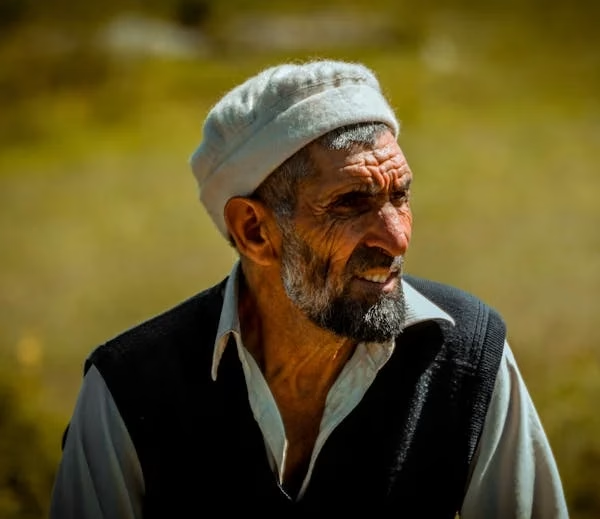
When to Visit Arang Kel
Timing your visit is important for the best experience:
Best Months: May to September are ideal due to pleasant weather, accessible trails, and lush greenery.
Winter Visit: December to February is great if you want to experience snowfall and the magical winter landscape, but prepare for cold temperatures and challenging road conditions.
Avoid Monsoon: July and August see heavy rainfall which can make trekking difficult and increase the risk of landslides.
Spring Blooms: April and early May are perfect for wildflower lovers as the meadows come alive with colorful blossoms.
How to Reach Arang Kel
Getting to Arang Kel is part of the adventure, and here’s how you can make the journey smoothly:
Reach Muzaffarabad or Islamabad:
Most travelers first arrive in Muzaffarabad, the capital of Azad Kashmir, or Islamabad, Pakistan’s capital city.
Both cities are well connected by road and air from major Pakistani cities.
Travel to Kel:
From Muzaffarabad, hire a private car or take a bus towards Neelum Valley.
Kel is approximately 142 km from Muzaffarabad and can take 5-6 hours by road on the scenic but winding mountain highway.
From Islamabad, it takes around 8-9 hours by road.
Trek or Jeep Ride to Arang Kel:
The final leg from Kel to Arang Kel is about 3 to 4 kilometers and can be done by foot or jeep.
The jeep track may be rough, but many prefer the moderate hike through pine forests and alongside streams.
The trek takes approximately 1 to 2 hours, depending on your pace.
Major Activities in Arang Kel
Arang Kel offers a variety of activities that allow you to fully immerse yourself in its natural beauty and culture:
Hiking and Trekking: Explore multiple trails around the village that lead to stunning viewpoints, dense forests, and hidden waterfalls.
Photography: Capture misty mornings, dramatic mountain vistas, and vibrant village life.
Bird Watching: Bring binoculars and spot native species like Himalayan monals, eagles, and woodpeckers.
Camping: For overnight stays, camping is popular. Pitch your tent on the green meadows and enjoy the crisp mountain air.
Local Cuisine: Sample traditional Kashmiri dishes prepared by local families, including hearty stews, bread, and fresh dairy.
Star Gazing: Away from city lights, the night sky reveals a brilliant canvas of stars.
Cultural Interaction: Engage with villagers, learn about their lifestyle, and perhaps enjoy traditional music or storytelling.
Nature Walks: Slow-paced walks to observe wildflowers, insects, and the diverse plant life around.
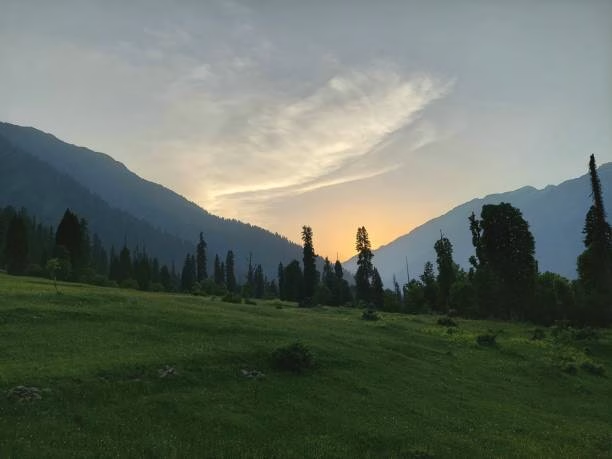
Important Tips and Safety Advice
Prepare for Altitude: The elevation may affect some visitors; stay hydrated and avoid overexertion.
Clothing: Carry layered clothing to adapt to changing weather—warm clothes for evenings and lightweight gear for daytime.
Footwear: Sturdy hiking shoes are a must for trekking.
Guides: Hiring a local guide is recommended to enhance your experience and ensure safety.
Weather Check: Always check weather forecasts before your trip, especially during winter or monsoon seasons.
Respect Local Culture: Dress modestly and seek permission before photographing locals.
Carry Essentials: Bring enough water, snacks, first aid, and any necessary medications.
Eco-Friendly Travel: Avoid littering and carry back all trash to preserve the village’s pristine environment.
Communication: Mobile signals can be weak or absent; inform someone about your itinerary.
Arang Kel is a rare blend of natural splendor, cultural richness, and adventure. Every traveler who visits returns with stories of awe and peace—memories etched with the soft whispers of pine trees, the vibrant hues of wildflowers, and the warm smiles of its people. This guide will help you prepare for an unforgettable journey to one of Pakistan’s most enchanting destinations.
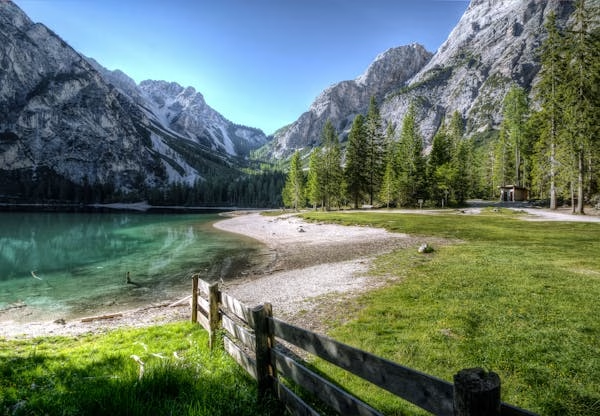
Visiting Arang Kel was a transformative experience that touched me deeply—not just because of the breathtaking views or the fresh mountain air, but because of the profound sense of peace that seemed to settle into my very soul while I was there. It’s rare to find a place where nature and humanity coexist so harmoniously, where time slows down, and where every moment invites you to pause, breathe, and appreciate the simple beauty around you. The gentle rustling of pine trees, the distant calls of birds, and the smiles of villagers greeting you as you wander through their quaint wooden houses—it all creates an atmosphere that feels like stepping into a living postcard.
What struck me most was the warmth and hospitality of the people living in Arang Kel. Despite the village’s remote location and modest lifestyle, the locals welcomed visitors with open arms, eager to share their culture and stories. I still remember sitting around a small fire with a family, sipping on traditional Kahwa (Kashmiri green tea), and listening to tales about the valley’s history and the mountain spirits believed to protect the land. These authentic experiences are what make Arang Kel much more than just a destination—it becomes a memory etched in your heart, a connection to a place that feels timeless and deeply human.
For anyone considering a trip to northern Pakistan, Arang Kel should not just be on your itinerary—it should be a highlight. It offers an escape from the hustle and bustle of modern life, a chance to reconnect with nature, and an opportunity to explore a part of Pakistan that remains beautifully untouched by mass tourism. Whether you’re a seasoned trekker, a passionate photographer, a nature lover, or simply someone seeking solace, this village has something unique to offer.
I encourage you to prepare well for this adventure—respect the environment, engage with the local community with humility, and embrace the unpredictability of mountain weather. The journey to Arang Kel is as much about the path as the destination itself. Every step through its pine-lined trails and every breath of crisp mountain air is an invitation to experience the world more fully.
If you’ve ever dreamed of a place where mornings greet you with mist-shrouded mountains and evenings end with clear skies sprinkled with stars, then Arang Kel is calling your name. Pack your bags, lace up your hiking boots, and set out on this unforgettable journey. You’ll return not just with photos and souvenirs, but with stories, friendships, and a heart full of tranquility.
The beauty of Arang Kel lies not just in its landscapes but in its ability to remind us why we travel—to find moments that inspire, to connect with cultures different from our own, and to discover parts of ourselves that often get lost in daily life. So, don’t wait. Start planning your trip now and experience this alpine gem of Neelum Valley for yourself. Let Arang Kel’s magic become a part of your travel story, a chapter you’ll cherish forever.
The Takeaway
Traveling in Pakistan is both exciting and accessible because to its varied transportation system. Every type of traveler has an alternative, from the convenience of ride-hailing services to the affordability of buses and trains.
Metro busses, Careem, and Uber are the most convenient means of transportation for brief city excursions. Pakistan’s picturesque train routes and opulent bus services offer comfortable and reasonably priced long-distance travel. The quickest option to travel long distances is still by domestic flight, particularly when traveling to far-flung northern locations.
Are you prepared to travel to Pakistan? Plan your vacation now to take advantage of the amazing nation’s transportation infrastructure!
Explore carefully planned tours to see the best of this fascinating nation. Please get in touch if you would need more travel advice; we are happy to assist you in organizing your upcoming journey! Additionally, by completing this form, you can personalize your journey.
FAQs – Everything You Need to Know
1. How do I get to Arang Kel?
To reach Arang Kel, most travelers start from Muzaffarabad or Neelum Valley’s main towns like Kel or Sharda. From these points, you can take a jeep or local transport to a nearby village such as Dowarian, where the trek to Arang Kel begins. The trail is well-marked, and local guides are available to help if needed.
2. What is the best time to visit Arang Kel?
The best time to visit Arang Kel is from late spring to early autumn (May to September). During these months, the weather is pleasant, the trails are accessible, and the scenery is lush and green. Winters can be harsh with heavy snowfall, making the area difficult to access.
3. How long does it take to trek to Arang Kel?
The trek to Arang Kel generally takes about 2 to 3 hours one way, depending on your pace and fitness level. The trail is moderate in difficulty, suitable for beginners who have reasonable stamina. It involves some uphill walking but is well-maintained.
4. Are there accommodations available in Arang Kel?
Arang Kel has a few guesthouses and small huts run by locals for basic accommodation. However, many visitors prefer camping to fully experience the natural surroundings. It’s advisable to book accommodations in advance, especially during peak seasons.
5. What should I pack for my trip to Arang Kel?
Essential items to pack for Arang Kel include sturdy trekking shoes, warm clothing (even in summer, temperatures can drop in the evenings), rain gear, a first aid kit, water bottles, snacks, a camera, and sunscreen. Carry a flashlight if you plan to stay overnight.
6. Is it safe to travel alone to Arang Kel?
While it is possible to travel alone, hiring a local guide or joining a group is recommended for safety and convenience. Guides can provide valuable insights into the area, assist with navigation, and help communicate with locals.
7. What is the weather like in Arang Kel?
Weather in Arang Kel varies by season. Summers are mild and pleasant, ideal for trekking. Autumn brings vibrant foliage. Winters are cold with heavy snowfall, often blocking access. Spring sees the blooming of wildflowers and fresh greenery.
8. Are there any local customs or etiquette I should be aware of?
Visitors should respect local customs and traditions, including modest dress and polite behavior. The people in the region are known for their hospitality, but it’s important to ask before taking photographs of individuals or their property.
9. Can I buy food and water in Arang Kel?
Basic food and water supplies are available in nearby villages before the trek, but once in Arang Kel, options are limited. It’s best to bring sufficient water and some snacks or meals, especially if camping.
10. What activities can I do in Arang Kel besides trekking?
Besides trekking, visitors can enjoy nature walks, bird watching, photography, and interacting with local communities. The peaceful environment is also perfect for meditation and relaxation.
11. What safety tips should I keep in mind while visiting Arang Kel?
Safety tips include informing someone about your travel plans, carrying a fully charged phone and portable charger, staying on marked trails, avoiding trekking after dark, and being prepared for sudden weather changes. Always respect wildlife and the environment to ensure a safe and enjoyable visit.

Daniel loves exploring off-the-beaten path destinations and making new friends. Writing blog posts since 2015, Daniel says it helps him to document his travels and cherish them. He loves the fact that what he writes might actually help someone have a better experience in Pakistan and Afghanistan. In his spare time, he loves listening to Tchaikovsky and spend time with his dog Coconut.




